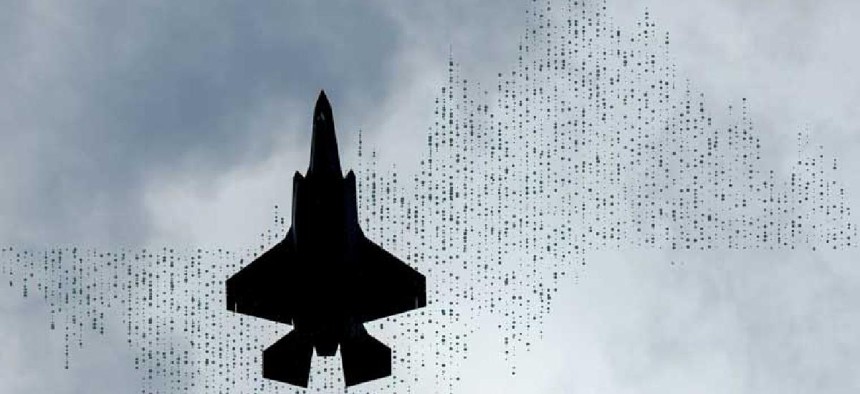How AI can save money, spare lives and reduce downtime


Connecting state and local government leaders
When powered by GPUs, artificial intelligence can process terabytes of sensor data within hours to detect failures up to two months in advance, providing enough time to take preventative measures.
The United States leads the world in military assets with 40,000 armored vehicles, 13,000 aircraft and nearly 500 ships. Maintaining all these assets to ensure they’re combat-ready costs the Defense Department an estimated $71 billion annually. The sustainment for just one program -- the F-35 Lightning II fighter -- is projected to cost a whopping $1 trillion over the next 60 years.
Sustainment is not only expensive, it’s essential for safety. We’ve lost 224 brave pilots and air crew members as a result of thousands of military aviation accidents since 2013, according to a congressional report released in December 2020.
The National Commission on Military Aviation Safety spent five years examining these accidents to develop a set of key recommendations. While the report cites several contributing factors, including funding issues and airman fatigue, it specifically highlights artificial intelligence as a means of improving aviation safety.
“Artificial intelligence algorithms can analyze vast amounts of data: the more quality data, the better the output.” The report states. “The Services and DoD underutilize artificial intelligence and machine learning, which offer untapped potential to improve safety.”
One specific application is using AI-powered predictive maintenance to detect failures early enough to improve safety, minimize costs and ultimately increase unit readiness.
Prediction is key to prevention
Over four years, the Air Force KC-135 tanker repeatedly suffered the same failure: One of its hydraulic pumps failed two dozen times, at an estimated cost of $6.6 million.
The Force Air Mobility Command’s Enhanced Reliability Centered Maintenance program uses algorithms to solve such maintenance problems. By analyzing detailed records the Air Force already has about how a particular part has performed, AI can determine when to repair or replace it.
Lockheed Martin is also developing such capabilities, using data collected from its Sikorsky helicopters. During a technical talk at NVIDIA’s GTC 2019, the company described how it deployed GPU-powered computer systems to facilitate data collection, retrieval and analysis. In doing so the company was able to optimize its maintenance and establish proactive, timely support for the helicopter fleet.
Of course, this technology can be used for more than aircraft and ships. AI can also prevent man-made disasters. According to the California Department of Forestry and Fire Protection, faulty electrical equipment caused the deadly 2018 Camp Fire that devastated Paradise, Calif., when old C-hooks failed and allowed a high-voltage electric line to fall and ignite a blaze.
Consequently, utility companies are adopting predictive maintenance to curb the risk of wildfires in California. AI-powered drones can be deployed to inspect equipment and provide high-resolution images that, coupled with machine learning analysis, can proactively identify damage or weakness before a failure.
Data powers predictive maintenance
Predictive maintenance requires agencies to collect and analyze terabytes of data to glean insights that can detect system failure early.
The details aggregated from data sources such as equipment tests, supply chain, maintenance, operator information, design specs and logistics provide valuable insights into how systems are being operated over their lifespans; this insight enables a wide range of advanced analytics that supports fleet sustainment.
When powered by GPUs, AI can process terabytes of sensor data within hours to detect failures up to two months in advance, providing enough time to take preventative measures. GPU-enabled AI is being used to develop predictive maintenance capabilities for oil rigs that are one million times faster than current systems.
It’s time we put these tools to work. If AI-powered predictive maintenance can save just 1% of DOD’s overall sustainment cost, it would save $700 million a year, spare service members’ lives and ensure critical assets are ready when they’re needed.
NEXT STORY: Fighting fires with data




